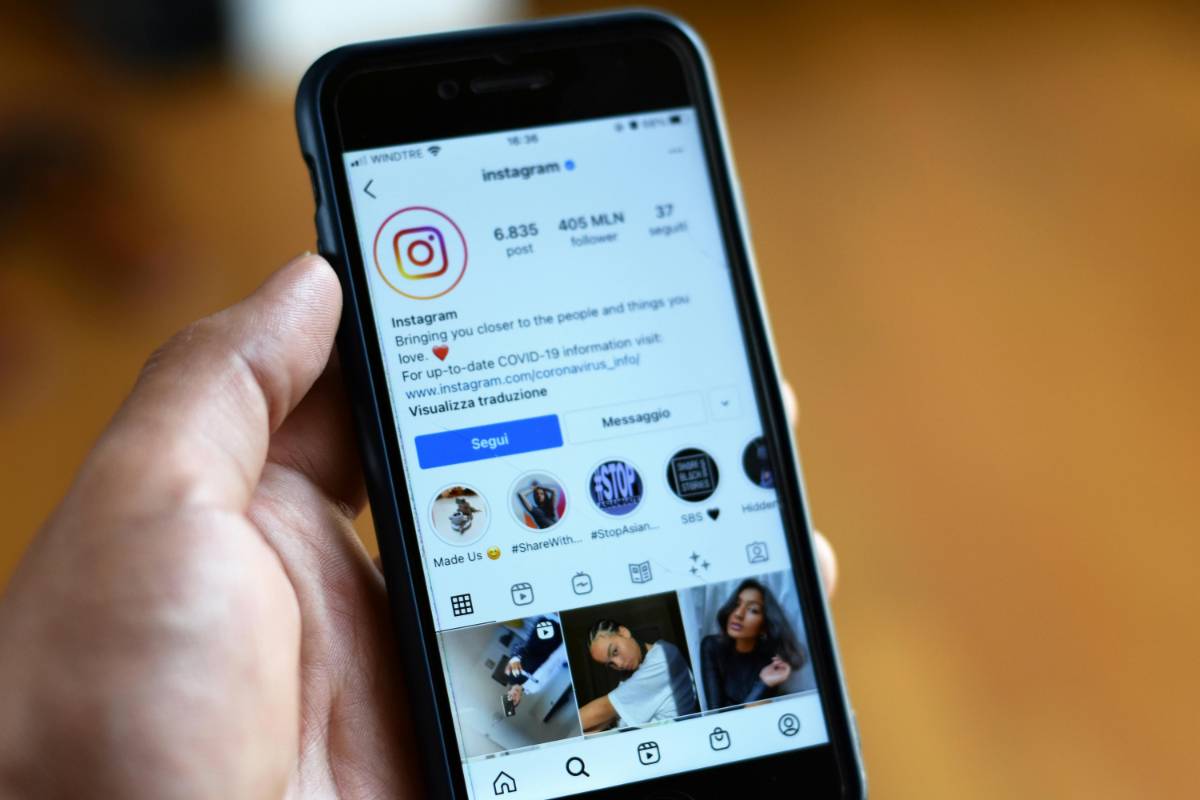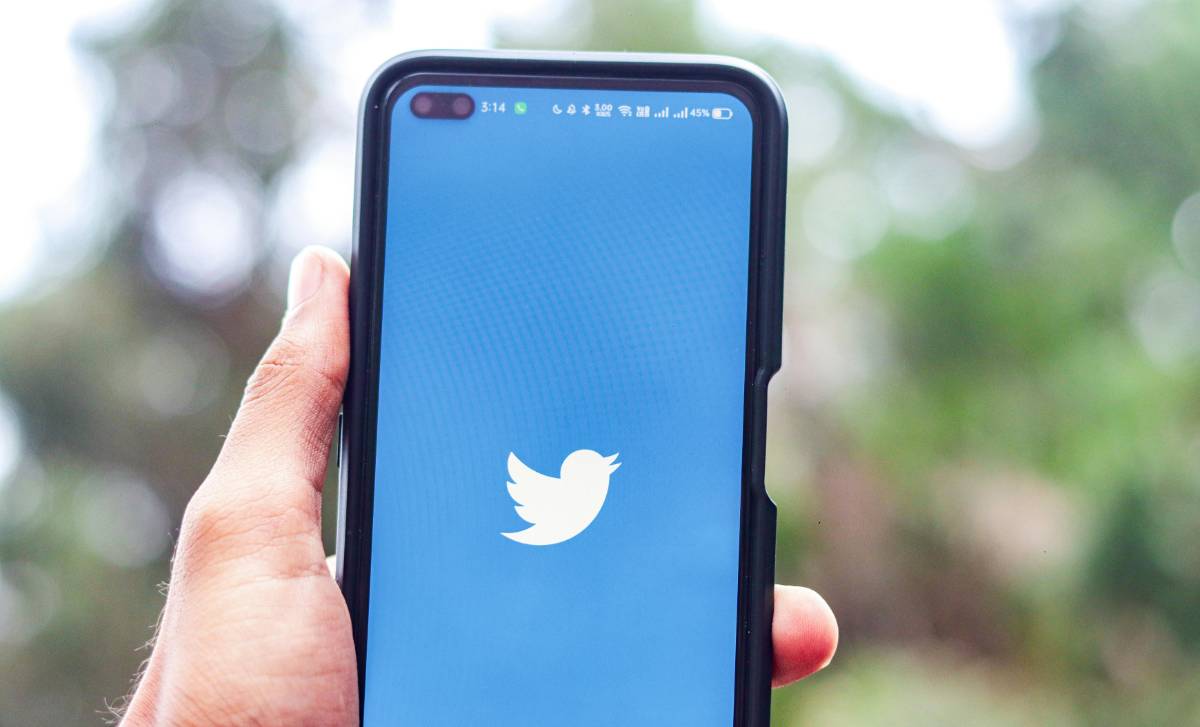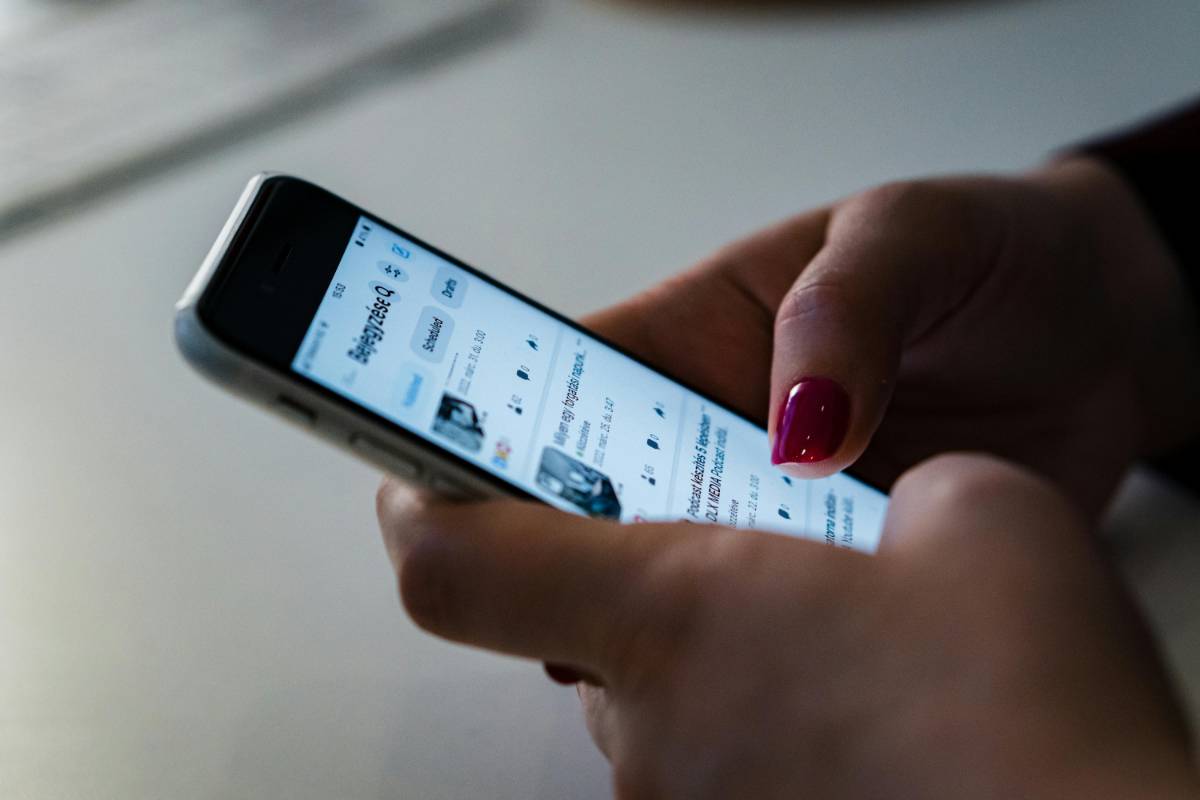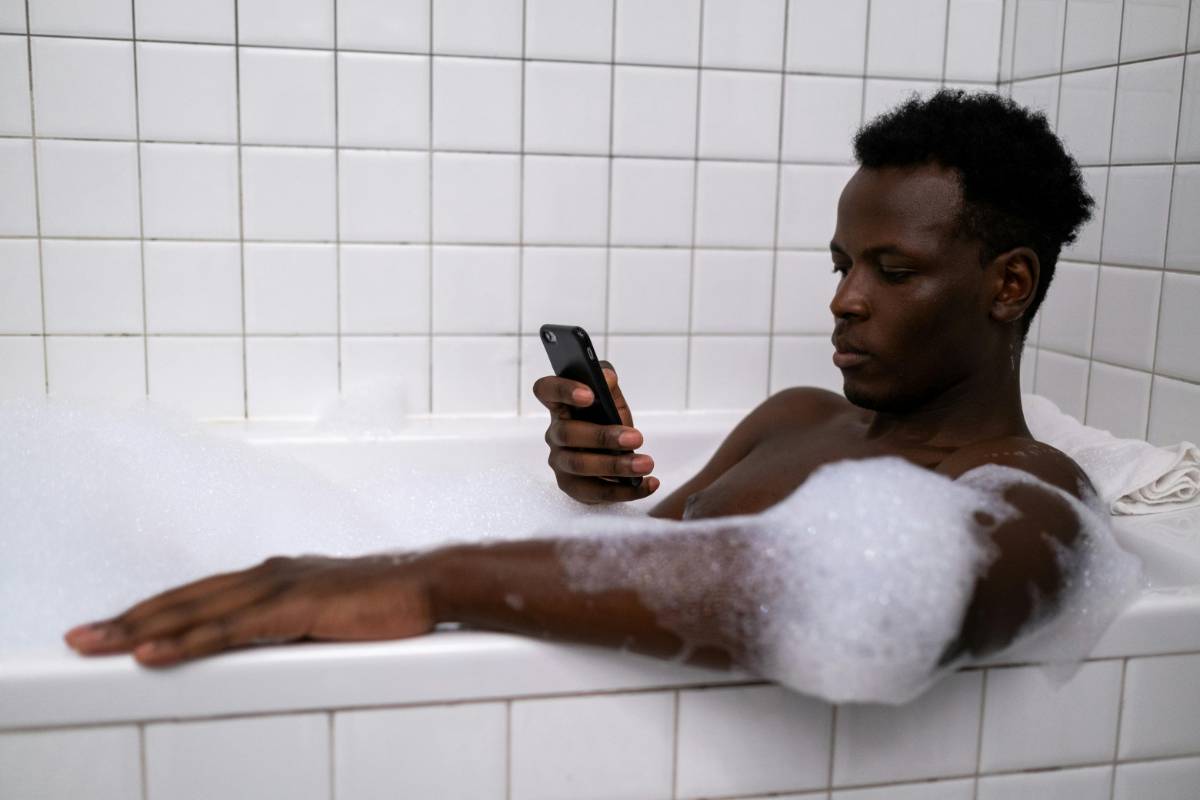The Dark Side of Influencer Marketing: What Brands Need to Know
16 May 2025
Read Time: 5 min read

Influencer marketing has become a popular strategy for brands, but not all that glitters is gold. While influencer partnerships can yield impressive results, there’s a darker side that brands need to be aware of. From fake followers to authenticity issues, here are the key challenges that can arise in influencer marketing.
1. The Problem with Fake FollowersOne of the biggest issues in influencer marketing is the prevalence of fake followers. Some influencers inflate their follower counts by purchasing followers, bots, or using unethical growth tactics. These fake accounts do nothing for brand engagement and can lead to wasted marketing budgets. Brands should use tools like HypeAuditor and SocialBlade to verify influencer audiences before signing contracts.
2. Declining AuthenticityAs more influencers monetize their platforms, there’s a risk of authenticity decline. Followers can quickly spot inauthentic endorsements, which can damage both the influencer’s credibility and the brand’s reputation. Partnering with influencers who have a history of genuine, transparent communication with their audience is essential to avoid this pitfall.
Choosing the wrong influencer can result in a campaign that feels forced or unnatural. A mismatched influencer-brand collaboration can alienate both the influencer's followers and the brand’s target audience. Brands must ensure that influencer values, tone, and audience demographics align with their own to create authentic connections.
💡 Discover More from Social-Media
Regulatory bodies like the FTC require influencers to disclose paid partnerships, but not all influencers comply. When sponsored content is not clearly marked, it can result in legal issues for both the influencer and the brand. Furthermore, undisclosed partnerships can erode consumer trust, leading to long-term damage to the brand's reputation.
5. Influencer ScandalsThe personal actions of influencers can sometimes result in scandal, tarnishing the brands they represent. In 2024, cancel culture is a real concern, and brands need to be careful about the influencers they choose. An influencer embroiled in controversy can cause lasting damage to a brand’s image, so due diligence and ongoing monitoring of influencers' behavior are necessary.
6. High Costs with Uncertain ROIInfluencer marketing can be expensive, especially when working with top-tier influencers or celebrities. However, high costs don’t always guarantee results. Brands can find themselves spending large amounts on influencer collaborations without seeing a return on investment (ROI). To avoid this, it’s critical to track performance metrics like engagement rates, clicks, and conversions.
ConclusionWhile influencer marketing offers exciting opportunities for brands, it’s essential to be aware of the potential pitfalls. From fake followers to declining authenticity and legal risks, understanding the dark side of influencer marketing can help brands make smarter, more strategic decisions. Thorough vetting, clear guidelines, and ongoing monitoring can mitigate these risks and ensure a successful influencer marketing strategy.
Stay Informed
Get the latest and most accurate news delivered straight to your inbox. Subscribe now and never miss an update.

Emily Brooks
An insightful voice in the industry, crafting content that informs, inspires, and connects with readers.
View all articles →
















